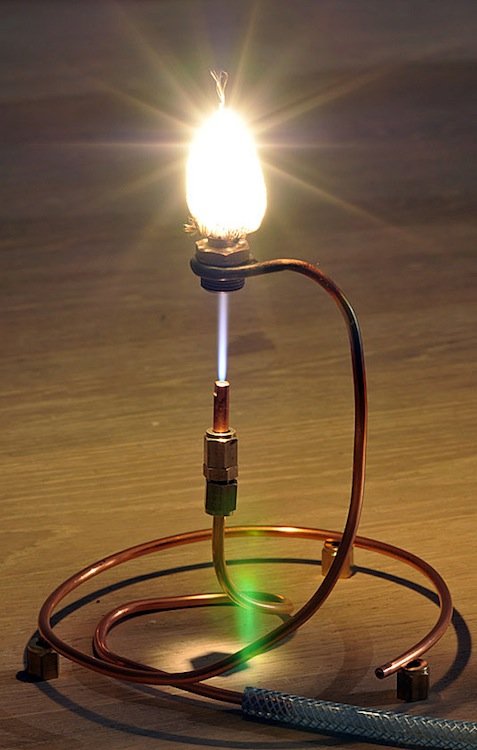
Increased understanding of the various ways hydrogen is essential to the shift to Net Zero is apparent across the board. As governments and large international corporations are investing in the fledgling green hydrogen sector momentum is building. Many new business are seizing the opportunity to grow alongside the emerging infrastructure projects involved with power generation, gas production, storage, transportation, conversion and end use. With the increased awareness of the various technologies that make up the green hydrogen supply chain more pressing questions are being asked about how can hydrogen not only be a clean energy source but also economically viable. There are major obstacles that need to be overcome before these technologies can deliver their full potential.
Challenge
Cost of infrastructure
Cost of production
Life span of infrastructure
Environmental impact
Viability of end user products
Need
Hydrogen at equal cost to oil derivatives
Syncing hydrogen systems with existing infrastructure
Reskilling significant parts of the workforce
Cost effective manufacture of hydrogen products
Consumer confidence in the hydrogen economy
Solution
Abundant and cheap renewable energy to reduce production cost
Robust and efficient infrastructure to insure a return on investment
Simple systems for installation, operation, maintenance and use for everybody
Production volume of significant scale to drive adoption
Cost effectiveness and availability for end user
The advantage HotCell design offers is increased efficiency with a manufacturing process which is as simple as the construction of plate cells and using the same materials. The big advantage is in the reduction of auxiliary equipment and control systems a standard plate cell requires to operate, as all these processes are designed into the internal architecture of the Hot Cell design. Instillation would be a fraction of the cost of conventional designs
As conventional hydrogen cell installations are very expensive there aren’t yet domestic market products available for household application as the cost would negate any saving for a considerable time period. Likewise industrial application in the energy sector has been slow because of the complexity and expense. HotCell intends to be the first to overcome these shortfalls in complexity and installation cost across various markets by taking advantage of 10 years of in-depth research and prototype development along with research into market growth and trends to identify what advantages are to be gained from cell core redesign.
As the hydrogen technology market continues to grow hydrogen systems will find their way into national grid renewable energy architecture, internal combustion engine fuel systems, pharmaceutical processes and equipment, medical applications, carbon neutral recycling, material processing and the home. At the moment public concerns are high with regards to the environment and people are now much more open minded about renewable power source technology and how hydrogen will play a part in a multi-faceted solution.
Companies Like Tesla have managed successfully to make alternative power desirable to a large number of customers by aligning to the majorities conscientious environmental opinion but also offering a product which doesn’t compromise the owners life style. People now are looking at renewable energy options as not only realistic but aspirational however they are still limited by cost, this leaves a gap in the market for a product HotCell can develop both for industry and consumer products

